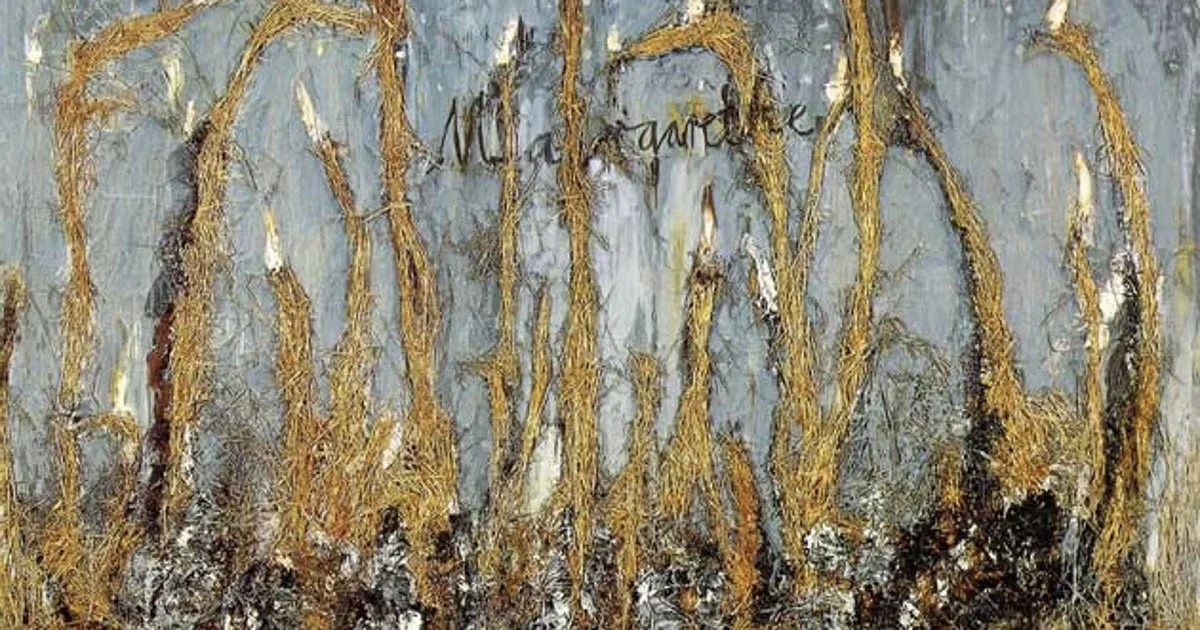When I was an anthropology minor in undergrad, one of my anthro professors was Alfonso Ortiz, who also happened to be a member of the Ohkay Owingeh Pueblo (formerly San Juan Pueblo) in New Mexico. Ortiz told us that one of the world’s problems was that western civilization had been stuck in a closed conversation with western civilization, and that this had been disastrous. He encouraged us to overcome our white awkwardness and attend the multiple Pueblo dances open to the public. He assured us that this was not an intrusion, but an important engagement with another culture and worldview.
Alfonso Ortiz.
I believe the same is true for photography as an art form. When photography only looks at photography, the possibilities within the field become quite limited. After all, photography is barely two hundred years old. The question often becomes, for the photographer, which established form do I pluck from the shelf and fill out? Typology? Documentary? Identity statement? Portraiture? Landscape? Or, even worse, which photographer’s work do I emulate?
Picasso’s painting “Family of Saltimbanques” (1905) inspired one of the Duino Elegies, a series of poems written by Rainer Maria Rilke, who lived with the painting briefly while visiting Duino Castle in 1912.
The same is true for literature, painting, sculpture, photography, architecture, dance, music, and filmmaking—they all need each other to keep the river flowing, to keep from trapping the water in a back eddy. To keep invention, and each particular art, alive and healthy. For that matter, our arts should infect themselves with all kinds of different influences, such as philosophy, astrophysics, history, anthropology, linguistics—you name it.
One of my favorite sayings related to photography is Tod Papageorge’s restatement of Robert Capa’s famous statement, “If your photos aren’t good enough, you’re not close enough.” Papageorge turned it into “If your photos aren’t good enough, you’re not reading enough.”
Anselm Kiefer, “Margarethe,” (1981). Like many other paintings by Kiefer, this one refers to the poetry of Paul Celan, specifically to a figure in Celan’s poem “Todesfuge” (1948).
Reading poetry that strives to push into the unknown, rather than stand comfortably in the known and familiar, can give photographers all kinds of ideas about possible structues, subject matters, lack of subject matters, non-linear meaning-making, fragmentation, defamiliarization, recontextualization, and other ways photography might operate. Poetry is the most radical form of language. As such, it hints at what might be possible in our own art involving images.
Given my experience with other photographers and their interest in poetry, but the rather short list of poets I hear referred to, I thought that maybe I could open a few gates and broaden the grazing range (to introduce yet another metaphor—sheesh!). We know, based on the history of other arts, that over time photography will morph and expand photographic experiences and the ways it can create meaning. My thinking is that showcasing some of the less mainstream poets might help to grow the practices at the margins of photography. Because that’s where the innovation happens. That’s where the boundaries of our art are quietly, yet constantly, pushing outward.


